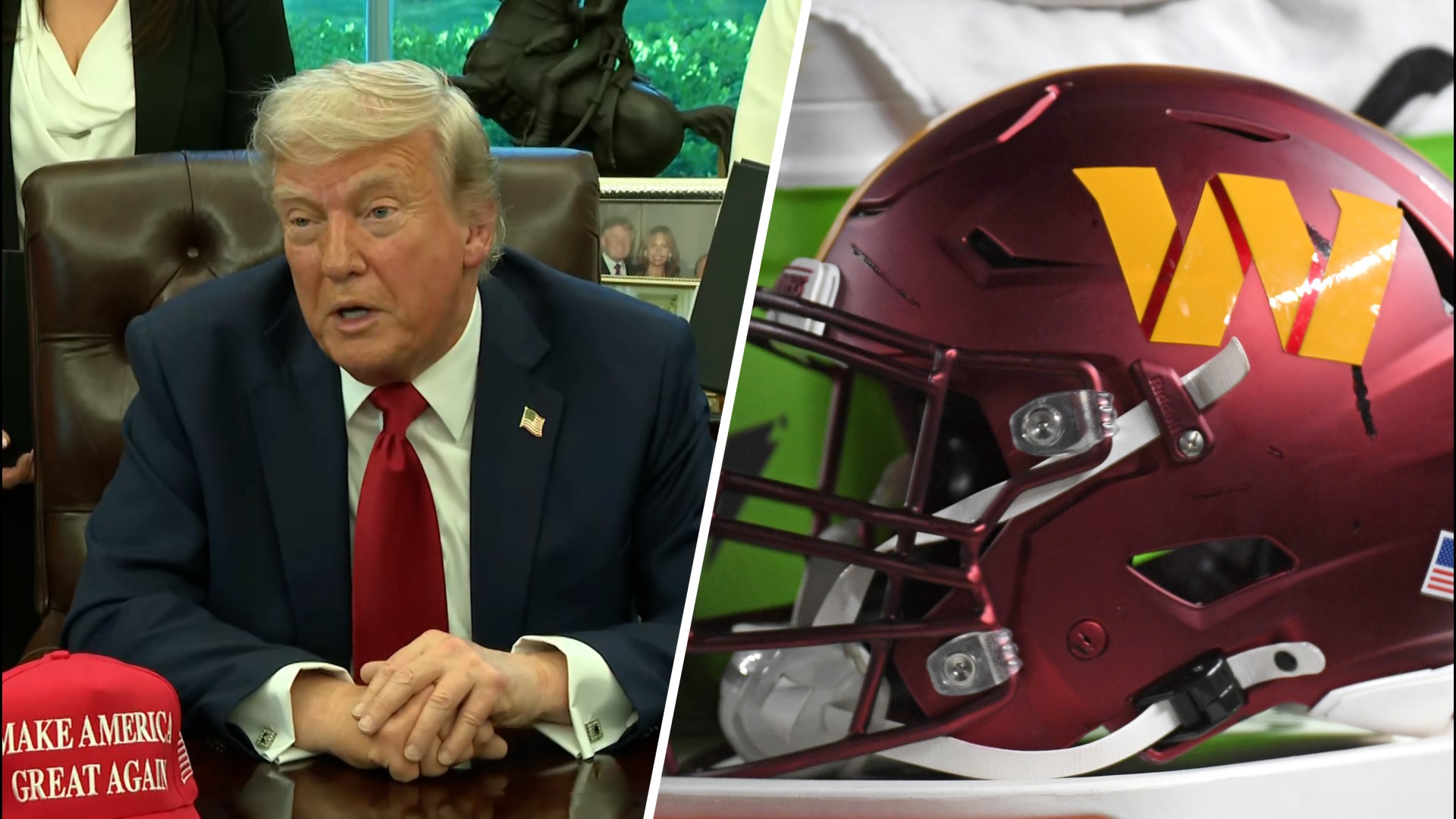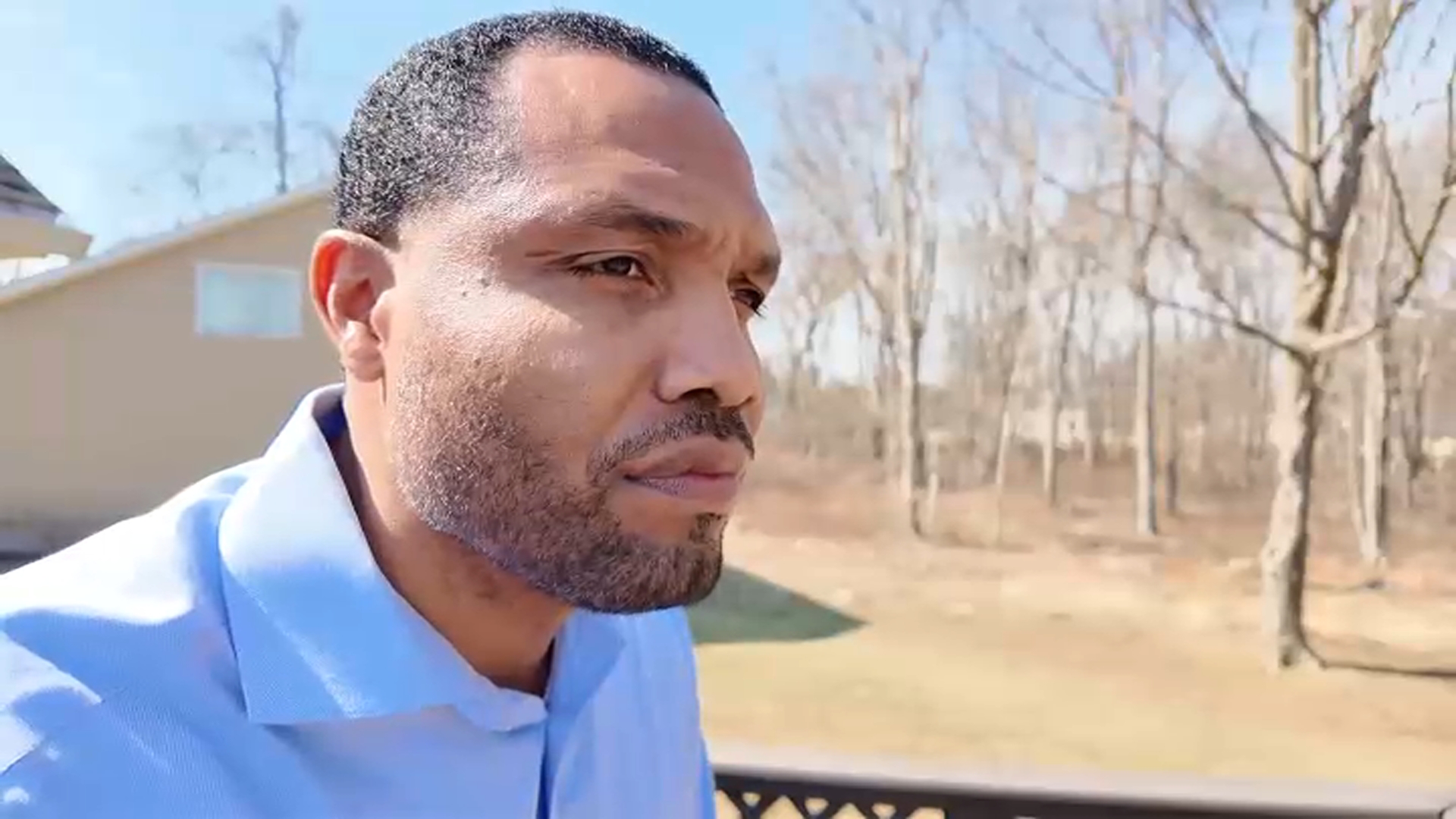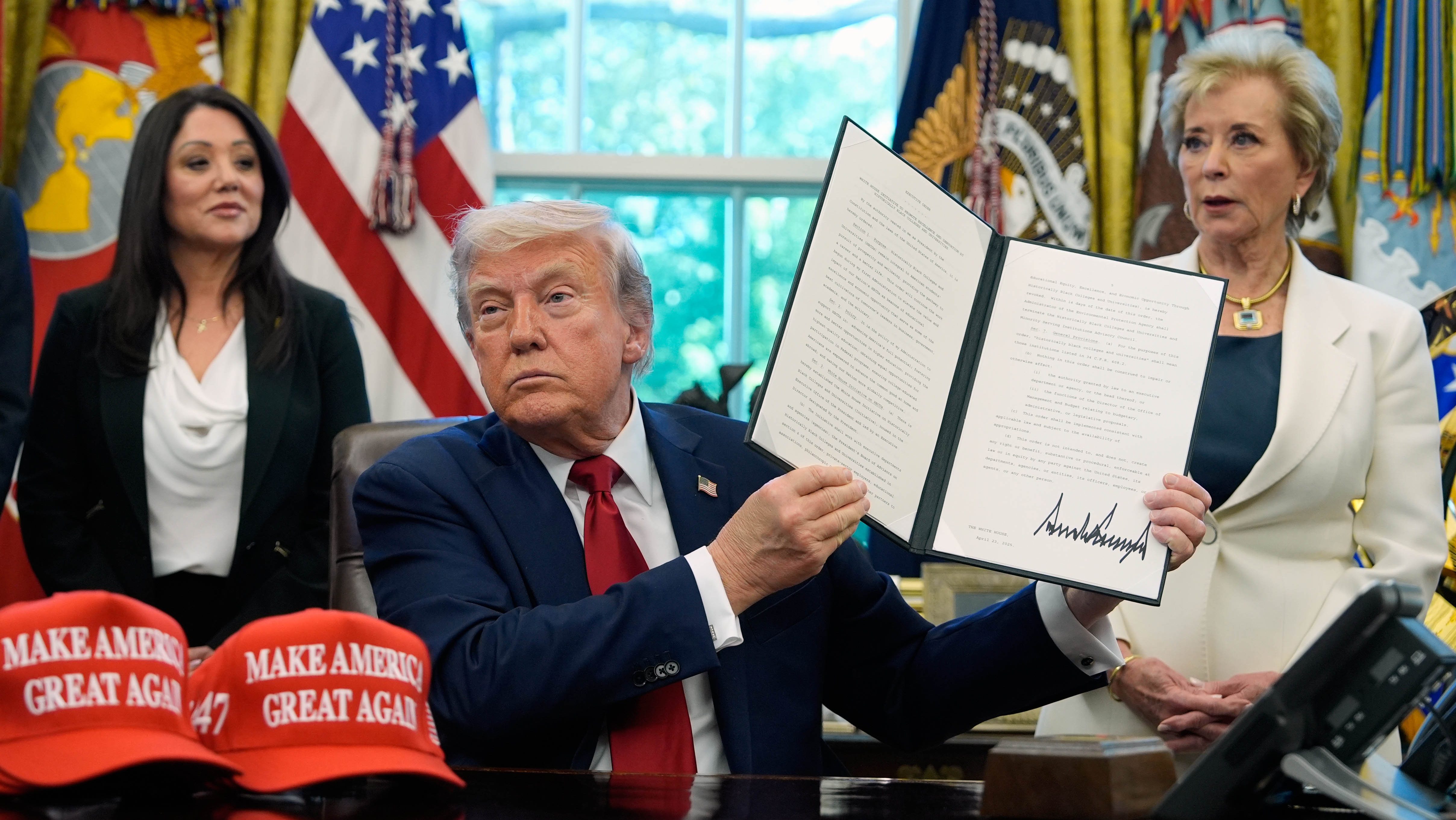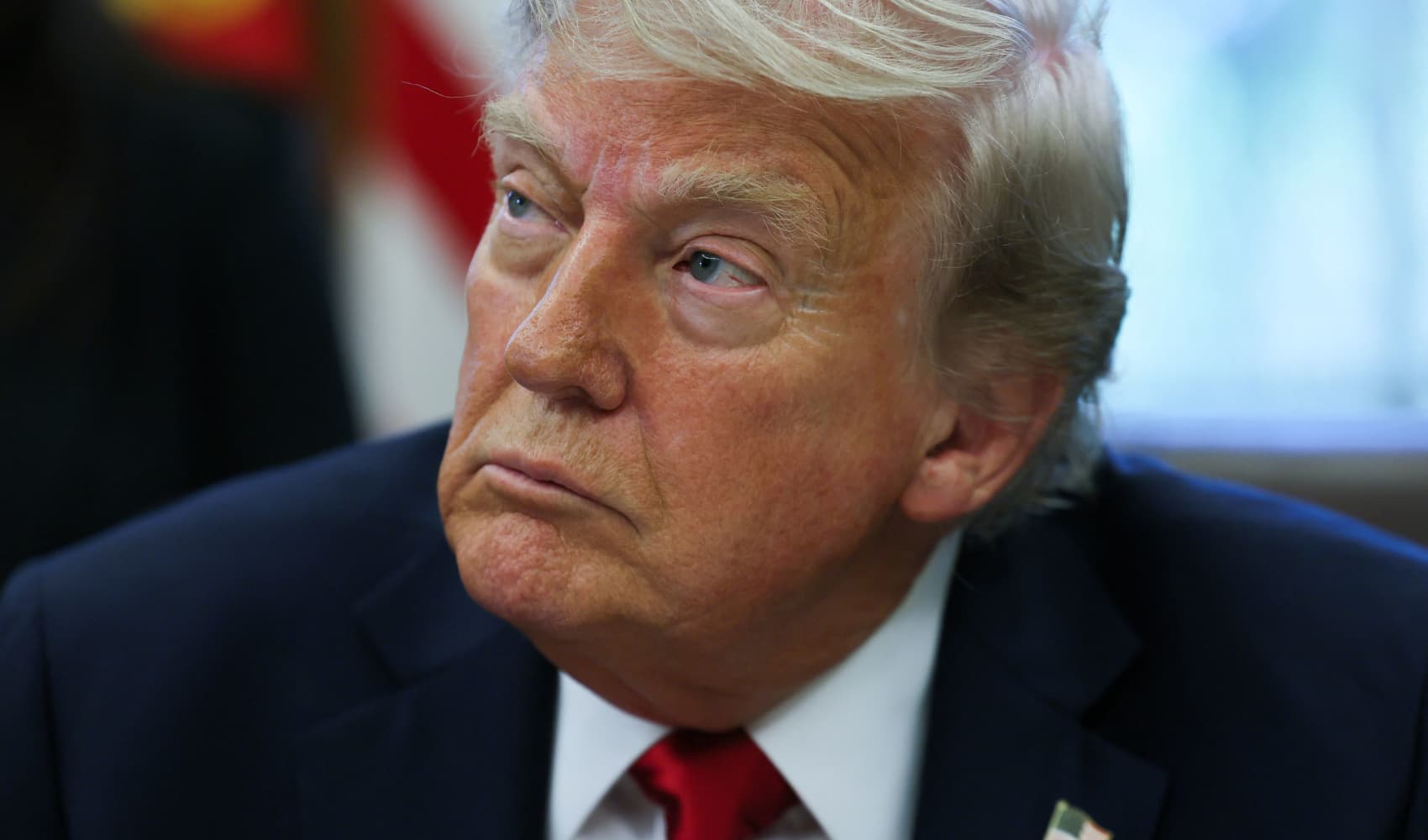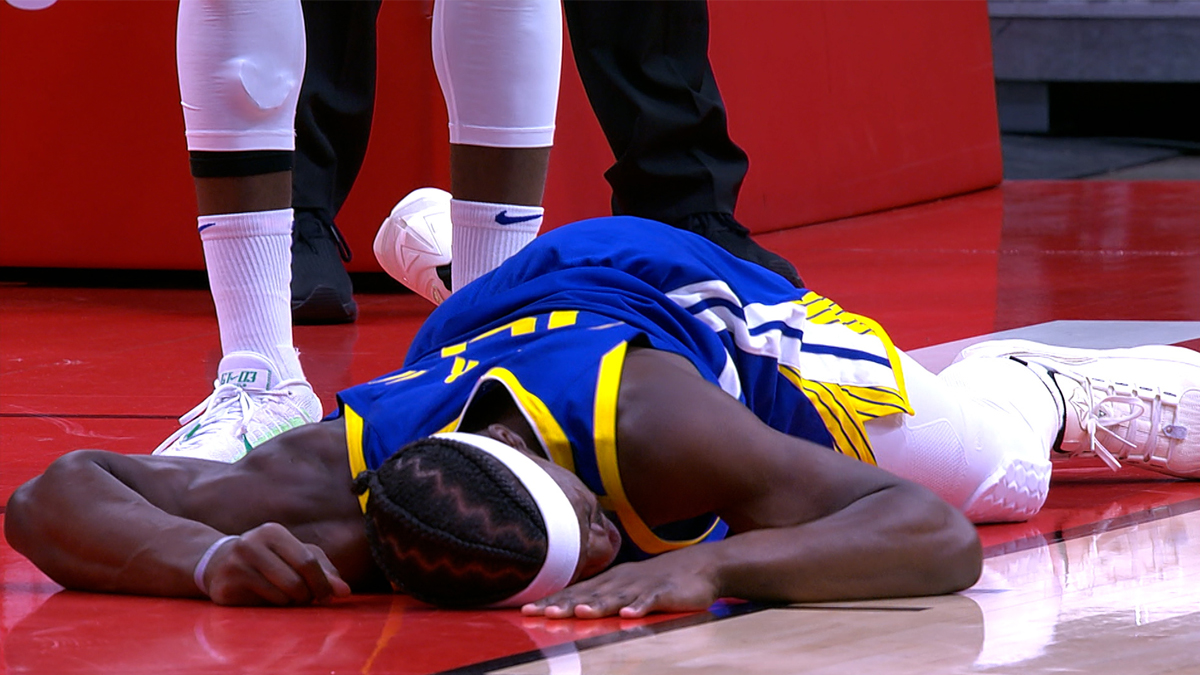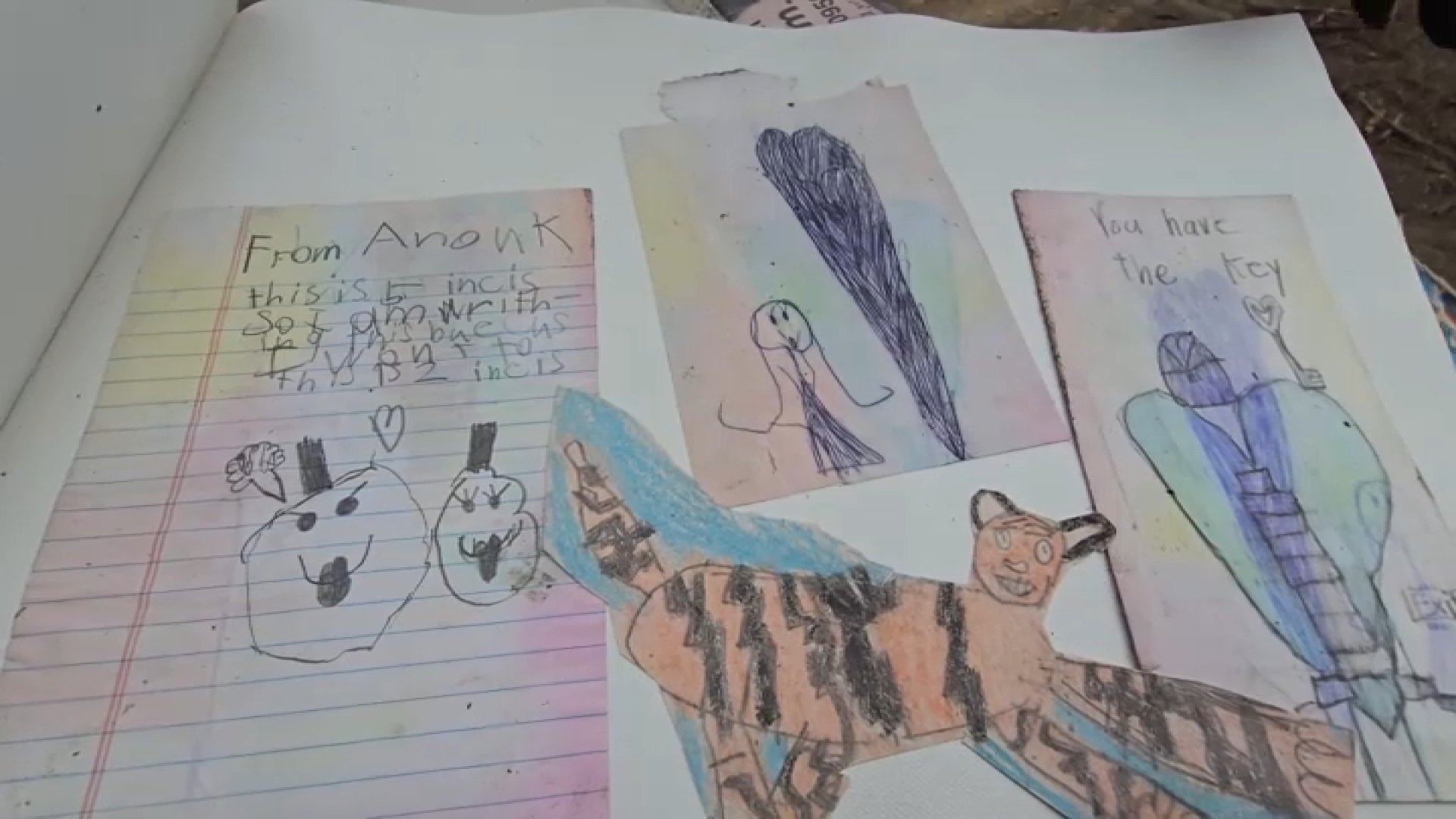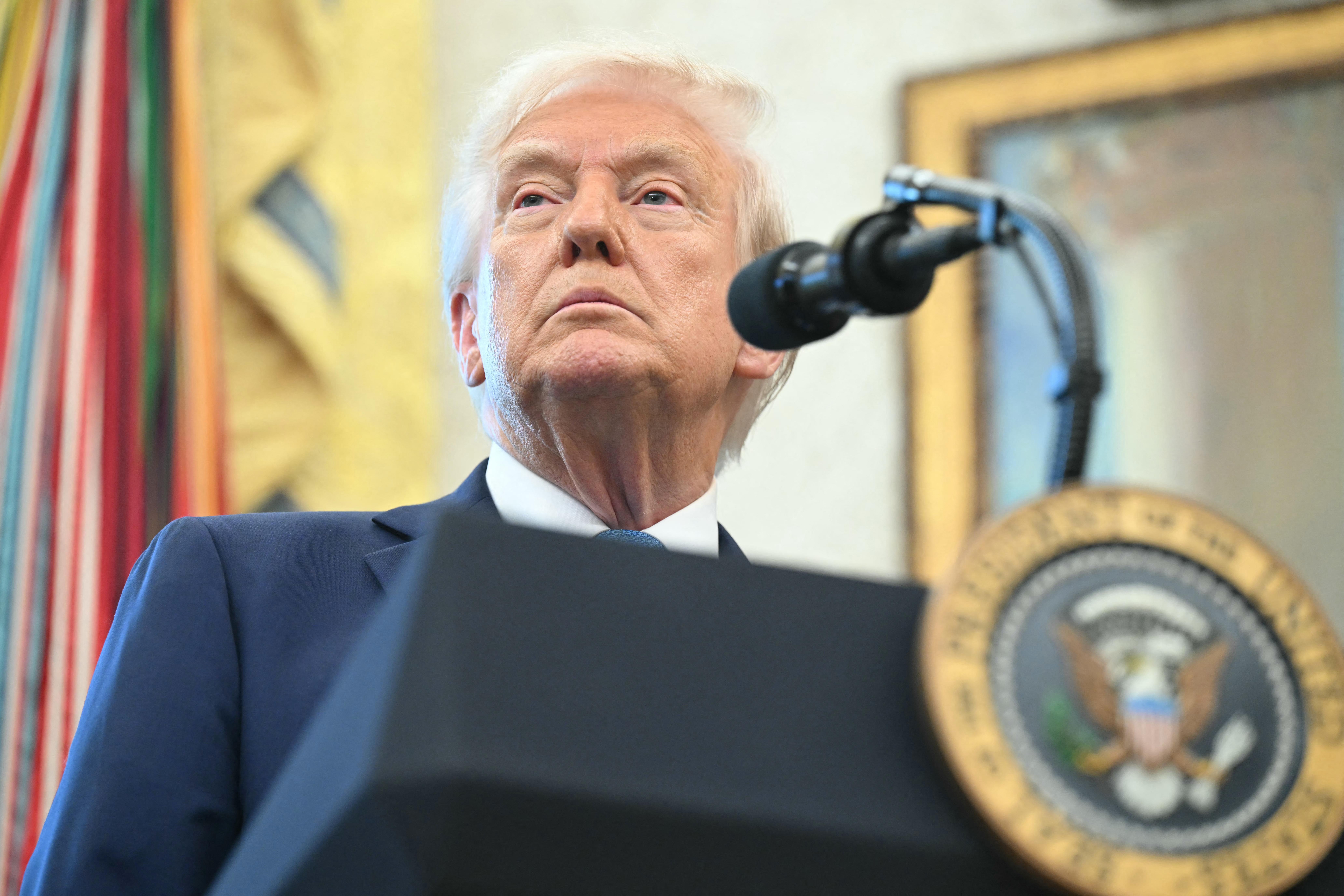Trump Says Commanders' Old Name Was "Superior": Controversy!
Trump Reignites Commanders Name Controversy: "Superior" Choice?
Introduction: A Blast from the Past?
Hold onto your hats, folks! The never-ending saga of the Washington Commanders (formerly known as...) has taken yet another unexpected turn. It seems former President Donald Trump has weighed in on the team's controversial former name, and his opinion is sparking debate all over again. Can you believe it? Just when you thought this topic was settling down, a political figure throws gasoline on the fire. This isn't just about a name; it's about history, identity, and cultural sensitivity. So, what exactly did Trump say, and why is it causing such a stir?
Trump's Remark: A Preference Revealed
During a recent interview with conservative radio host John Fredericks, Trump was asked about the possibility of a new Commanders stadium at the RFK Stadium site. Fredericks specifically inquired whether such a deal would be contingent upon restoring the team's old name, which many consider racist. While Trump didn't directly address the stadium deal itself, he made his personal preference crystal clear: he preferred the Commanders’ previous, now retired, name.
The "Great Heritage" Argument: What Did He Mean?
Trump defended his stance by saying, “The Indian population is a great part of this country, great heritage.” It’s a broad statement, to say the least. What does he mean by "great heritage," and how does it relate to a sports team's name? It's a complex issue that delves into the heart of cultural appropriation and the impact of language on historically marginalized groups.
Historical Context: More Than Just a Name
To understand the gravity of this situation, let's rewind a bit. For decades, the Washington team's former name was a point of contention. Native American groups and allies have long protested its use, arguing that it perpetuates harmful stereotypes and trivializes their culture. Think of it like this: would it be okay to name a team after a derogatory term for any other ethnic group? The answer, overwhelmingly, is no.
The Name Change: A Long-Awaited Victory
After years of pressure, including boycotts from sponsors and growing public outcry, the team finally succumbed to the pressure and changed its name to the Washington Commanders. This was seen as a significant victory for advocates of racial justice and a step in the right direction. It was a chance to move forward and create a more inclusive environment for all fans.
The Commanders Era: A New Chapter?
The transition to the Commanders wasn't seamless, of course. Some fans missed the old name and traditions, while others welcomed the change with open arms. But the overall sentiment was that the team was embarking on a new chapter, one that acknowledged the past while looking toward a more respectful future.
Why Trump's Opinion Matters: The Power of Influence
So, why does Trump's opinion even matter now? Well, even out of office, Trump remains a highly influential figure in American politics. His words carry weight, and his endorsement (or disapproval) can significantly impact public opinion. His statement could embolden those who want the old name to return and undermine the progress that has been made.
The Indigenous Perspective: What Native Americans Say
Listening to the Voices that Matter
It's crucial to remember that the most important voices in this discussion are those of Native Americans themselves. They have been fighting against the use of offensive imagery and language for generations. Their experiences and perspectives should be at the forefront of any conversation about this issue. It's not about what *we* think is okay; it's about what is hurtful and disrespectful to them.
Cultural Appropriation: A Deeper Dive
Understanding the Harm
Cultural appropriation is the adoption or use of elements of a minority culture by members of the dominant culture. In the context of sports teams, it often involves using Native American names, symbols, and imagery in ways that are insensitive and disrespectful. It turns a living culture into a caricature and perpetuates harmful stereotypes. Think of it as borrowing someone else's story without their permission, and then telling it in a way that benefits you and diminishes them.
The Economic Impact: Sponsors and Boycotts
Money Talks, But What Message Does It Send?
The economic aspect of this debate is also important. The pressure from sponsors who threatened to pull their funding was a major factor in the team's decision to change its name. This demonstrates the power of consumers to demand ethical behavior from businesses. When companies prioritize profits over principles, they risk alienating their customers and damaging their reputation.
The Political Football: Where Do Others Stand?
Beyond Trump: A Broader View
Trump's comments have reignited a political debate that extends far beyond just him. Many politicians have weighed in on the issue, some supporting the name change and others opposing it. It's a reminder that sports are often intertwined with politics, and that decisions made in the world of sports can have significant political implications.
The Future of the Commanders: What's Next?
Staying the Course or Reversing Direction?
What does this all mean for the future of the Washington Commanders? Will the team stick with its current name, or will there be renewed pressure to revert to the old one? It's hard to say for sure, but one thing is clear: this issue is far from settled. The conversation will continue, and the team will need to navigate a complex landscape of competing interests and deeply held beliefs. Is there any way they could find a middle ground that will be accepted by everyone?
The Power of Language: Words Matter
More Than Just Labels: They Shape Perceptions
Ultimately, this debate highlights the power of language. Words have the ability to shape perceptions, influence attitudes, and perpetuate stereotypes. Choosing a team name that is respectful and inclusive is not just a matter of political correctness; it's a matter of basic human decency. It's about recognizing the dignity and worth of all people, regardless of their race or ethnicity. So, next time you hear someone use a casually offensive term, remember that words can wound, and that choosing your words carefully can make a world of difference.
The Importance of Dialogue: Finding Common Ground
Listening to Understand, Not to Defend
Despite the deeply divisive nature of this issue, it's important to keep the lines of communication open. We need to be willing to listen to each other's perspectives, even when we disagree. Finding common ground is not about compromising our principles; it's about finding solutions that respect the rights and dignity of all.
Conclusion: A Lasting Impact
Final Thoughts
Trump's recent comments regarding the Washington Commanders' former name have undeniably stirred up a hornet's nest. While his preference may reflect the views of some, it also highlights the ongoing sensitivity surrounding issues of cultural appropriation and historical injustices. This situation underscores the power of words and the importance of understanding the impact of language on marginalized communities. The Commanders' future remains uncertain, but the debate serves as a reminder that progress requires ongoing dialogue, empathy, and a commitment to respecting diverse perspectives.
Frequently Asked Questions
- Why was the Washington Commanders' previous name considered controversial? The name was deemed offensive by many Native Americans and allies because it was viewed as a racial slur and perpetuates harmful stereotypes.
- What factors led to the Washington Commanders changing their name? Years of protests, pressure from sponsors, and growing public awareness of the harmful effects of the name ultimately led to the change.
- How do Native American groups feel about the use of Native American names and imagery in sports? The majority of Native American groups find the use of their names and imagery in sports to be disrespectful and culturally appropriative.
- What is cultural appropriation, and why is it harmful? Cultural appropriation is the adoption of elements of a minority culture by members of the dominant culture, often without understanding or respect for the original context. It can perpetuate stereotypes and trivialize a culture's history and traditions.
- What can individuals do to promote respectful representation of Native Americans? Individuals can educate themselves about Native American history and culture, support Native-owned businesses, and advocate for policies that protect Native American rights.
